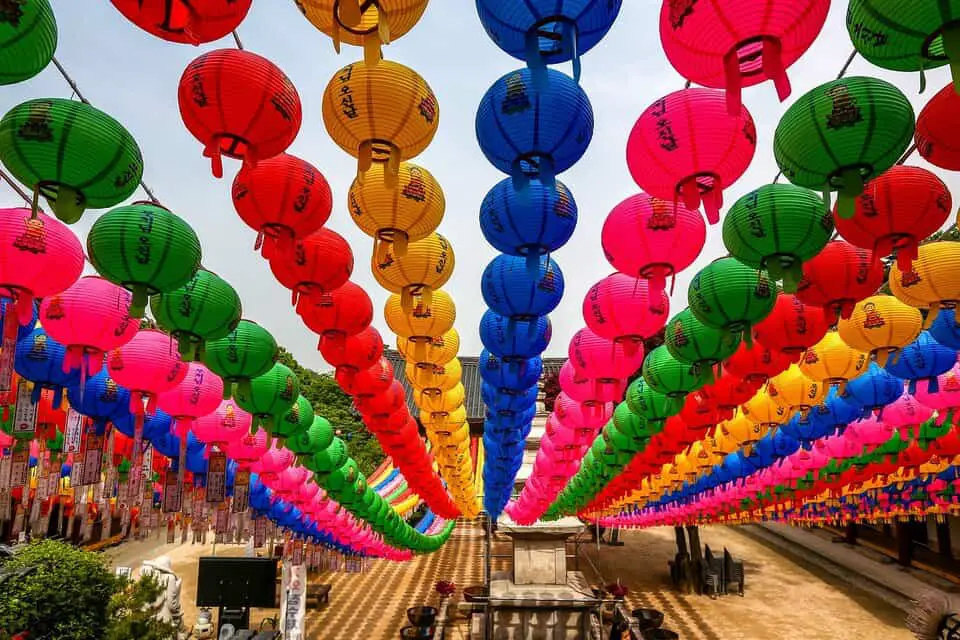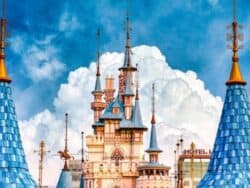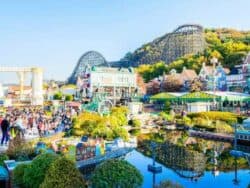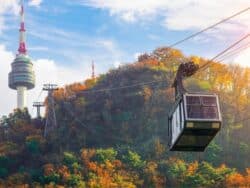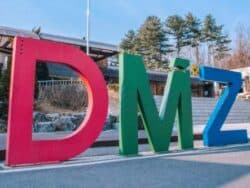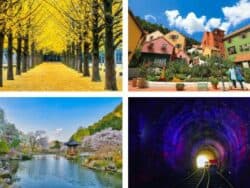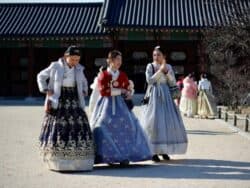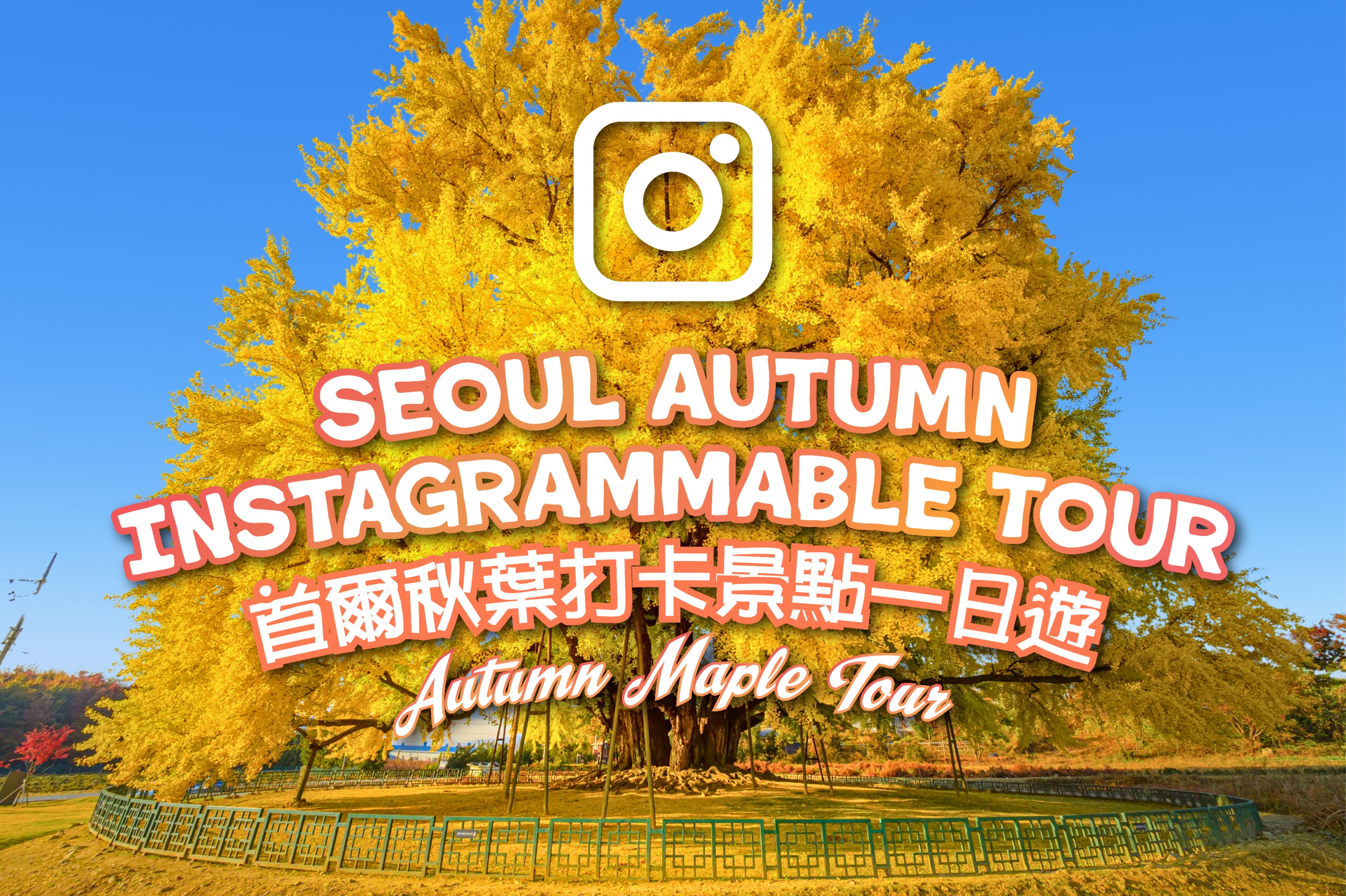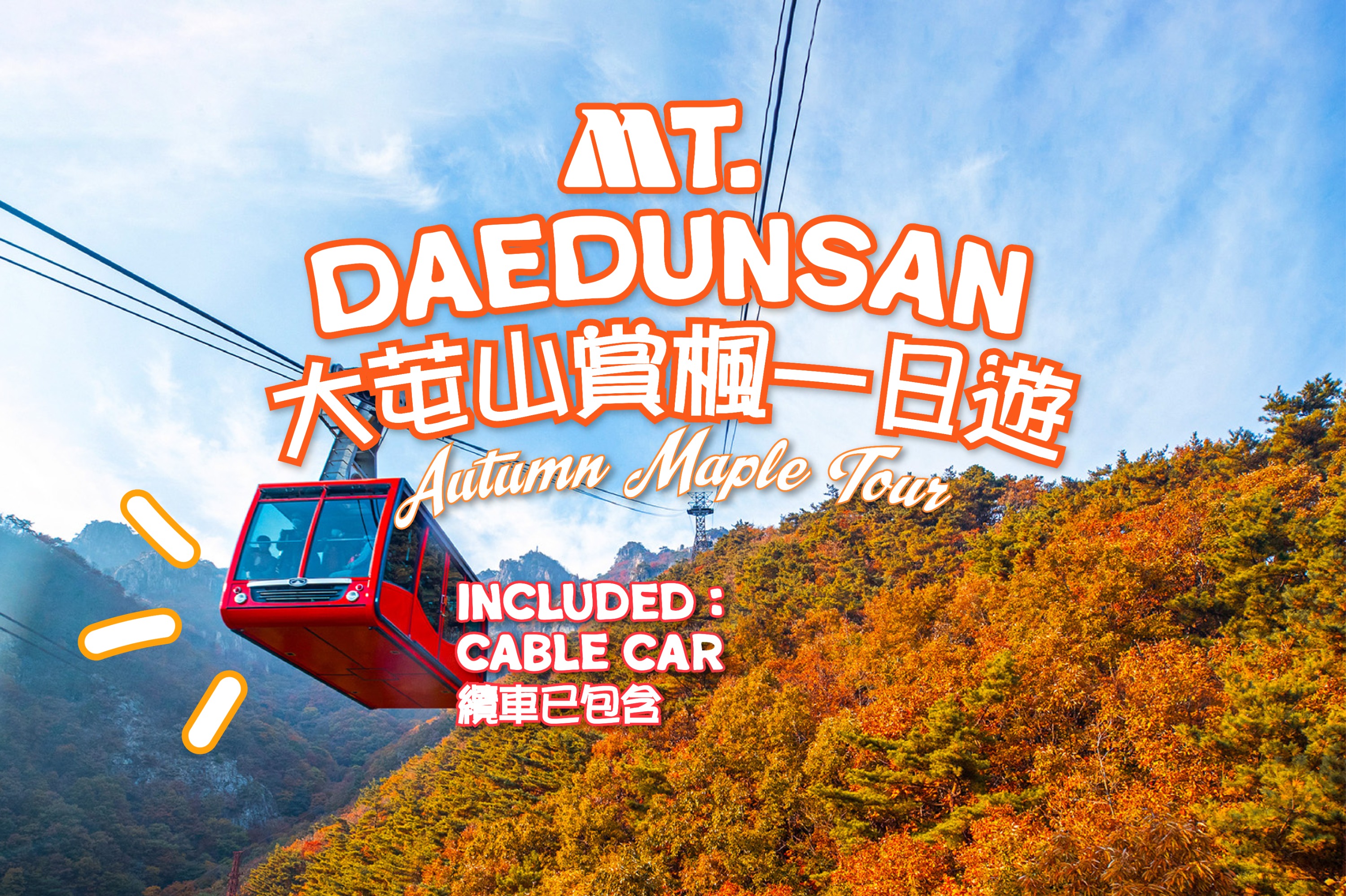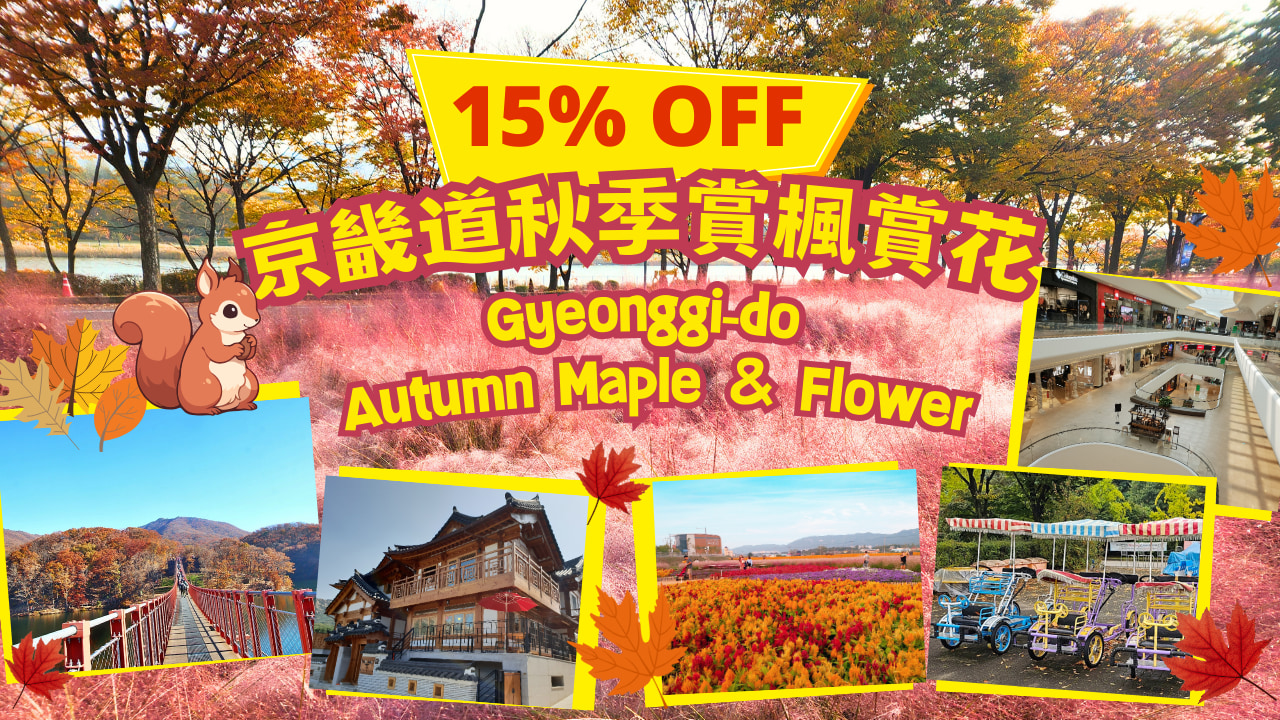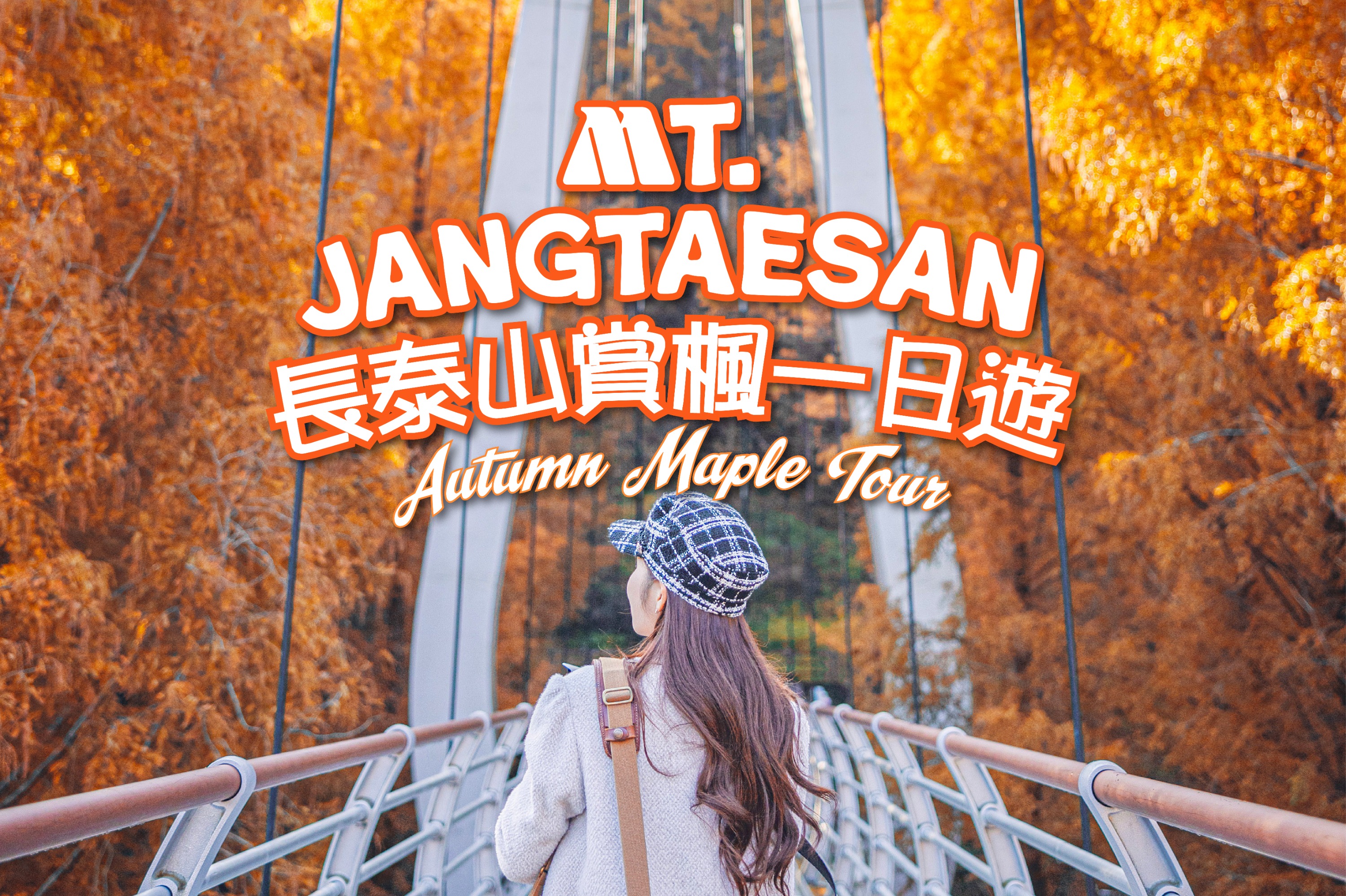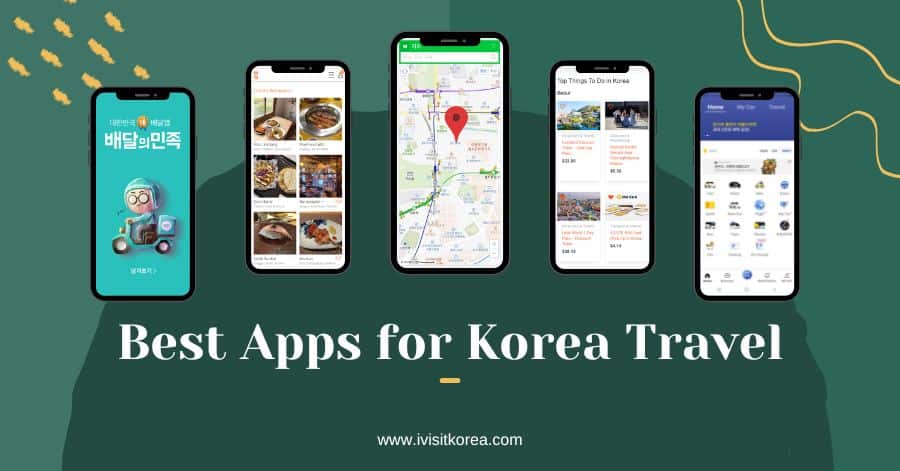May is known in Korea as the month of the holiday, as the month as multiple holidays, including Parents’ Day, Children’s Day, and Buddha’s Birthday.
Although people celebrate Buddha’s Birthday over South Asia, Southeast Asia, and East Asia, Buddha’s Birthday in Korea has a special role in the history and formation of Korean society and culture.
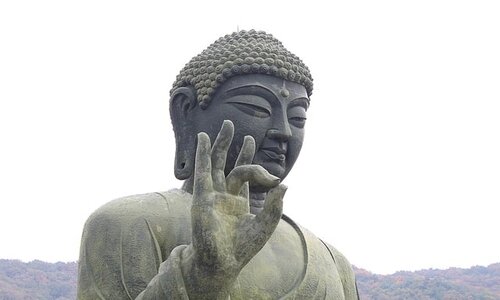
Buddha’s Birthday in Korea
In South Korea, there are people who believe in and worship different beliefs, faiths, and deities, the two main ones being Buddhism and Christianity; there is a large percentage of the population who adhere to these two religions, the former having a long history in the country than the latter. When one visits the country, they can scout out hundreds of Buddhist temples, in and out of the capital city Seoul. Because of the large population of Buddhists in Korea, it’s no wonder that the holiday that celebrates the birth of Buddha is a “red day,” or a national public holiday. Buddha’s Birthday in Korea is not a quiet day, however. Every year, Korean Buddhists celebrate with temple visits and stays, as well as a special Lotus Lantern Festival and Parade.
History of Buddhism in Korea
As the name of the holiday suggests, Buddha’s Birthday celebrates…well, the Buddha’s birthday. The Buddha (also Shakyamuni Buddha, Siddhattha Gotama, or Siddhārtha Gautama) was born in India around 3,000 years ago. Buddhism originated from India and made its way to China and Tibet, thanks to the Silk Road. From China, it then made its way to the Korean Peninsula in the 3rd Century. The Goguryeo (Gaya) kingdom, the Silla kingdom, and the Baekje kingdom later instated Buddhism at different points in time. During the Joseon Dynasty era, officials and nobles suppressed Buddhism in favor of neo-Confucianism.
You might have wondered why there are numerous Buddhist temples in the mountains all over Korea. When the first Buddhist monks arrived on the Korean peninsula, the pervading religion was shamanism, which adheres to nature worship. Followers of shamanism believed that the spirits resided in the mountain. This is why today, you will find an overwhelming number of Buddhist temples in and close to mountainous regions.
Korean officials established Buddha’s Birthday as an official holiday in 1975. Then, the population of Buddhists in South Korea numbered 10 million.
How South Koreans celebrate Buddha’s Birthday
Buddha’s Birthday falls on the 8th of the fourth month of the Lunar New Year. Usually, Buddha’s Birthday arrives at the end of April or at the beginning of May. The most popular method of celebration is visiting one of the various temples around the country. In Seoul, there are several Buddhist temples. Among them, two stand out as the most famous and most attended: Bongeunsa and Jogyesa.
Buddhist Temples in Seoul
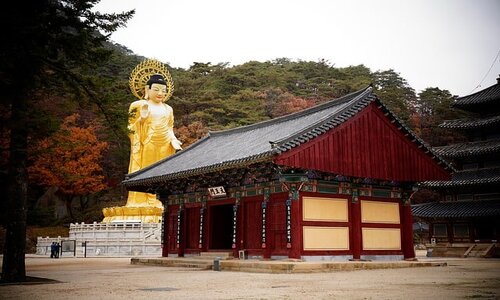
Bongeunsa Temple
As mentioned before, Korean officials suppressed Buddhism during the Joseon era. However, there were still some champions of Buddism. Under the patronage of Queen Jeonghyeon and with the support of Queen Munjeong, Yeon-hoe, a prominent Buddhist monk, constructed Bongeunsa Temple. Because it saw support from such high-ranking figures, the temple became the main Buddhist temple of the Korean Seon (Zen) sect of Buddhism. It later became the cornerstone of Korean Buddhism.
Its reputation as the biggest and the most prominent Buddhist temple in Seoul has continued throughout the years. Located near Seoul’s famous CoEx Mall, many people flock to Bongeunsa Temple to offer prayers and worship.
Jogyesa Temple
Did you know that Jogyesa wasn’t always the temple’s name? Buddhist adherents built the temple in 1910 on the grounds of the former Jungdong High School. When they did, they named the temple Gakhwangsa. In 1937, the temple moved to its current location near Seoul’s Insadong neighborhood. It also changed its name from Gakhwangsa to Taegosa; the name was an homage to a temple by the same time that Ven. Taego Bo-U built. Taego Bo-U was a monk who helped revive Korean Buddhism in a time of its decline. The name finally changed to Jogyesa in 1954, when the name of the Jogye Order was chosen.
Today, Buddhists and non-Buddhists alike can visit Jogyesa and experience the tranquility and mindfulness of its atmosphere. Even though Jogyesa Temple is located in the middle of Seoul among urban society, Jogyesa Temple offers its visitors a recess from their regular, busy lives. Near the temple are many vegetarian and healthy-living restaurants and cafes that will immerse locals and tourists in a much more traditional, stress-free experience.
Along with daytime visitations, both Bongeunsa Temple and Jogyesa Temple offer a temple stay, in which guests can spend a few hours or even a day and a night, following in the footsteps of a monk. They are able to live as the Buddhist monks do. Information about temple stays at Bongeunsa Temple can be found here and information about temple stays at Jogyesa Temple can be found here.
For information on other temples in Seoul and all over the Korean peninsula as well as the Temple Stay Program, check out this website.
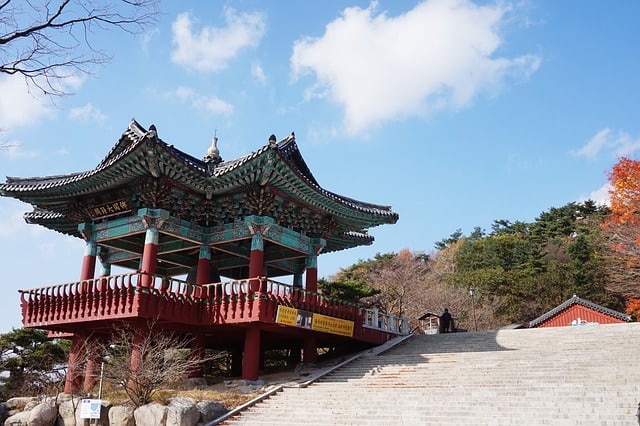
Lantern Festival
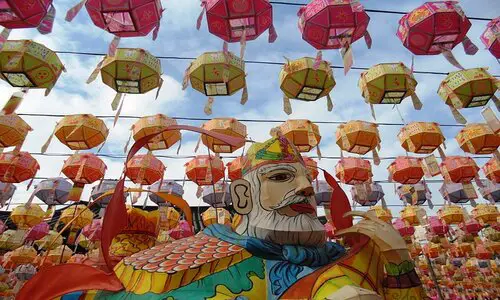
As with many holidays in South Korea, the celebrations and festivities of Buddha’s Birthday transform not only Buddhist temples all over the country but the country itself. A week or a month before the public holiday, Korean will start celebrating with the Lotus Lantern Festival. As the name suggests, the Lotus Lantern Festival is a time of bright and colorful paper lanterns to decorate the streets of Seoul.
Lantern Parade
Coming to Korea during the month of May is an awesome experience because of the many holidays and festivities! One such celebration that people will delight to see is the annual Lantern Parade, whose purpose is to celebrate and give adoration and reverence to Buddha and the Buddhism religion. Starting from Dongguk University, the parade passes through the Jongro area, winding its way to Jogyesa Temple near Insadong. Buddhists from all walks of life will participate and march in the parade, proud to represent and celebrate their religion. People who are not Buddhists are also invited to join in the march, and in all other aspects of the week leading up to Buddha’s Birthday.
Traditionally, the lanterns are made with hanji, a thin paper that symbolizes the wisdom of the month and the warmth of the heart, as well as its spread throughout the world.
This year, Buddha’s Birthday is on Wednesday, May 19th.
Even though you may not be Buddhist, Buddhist traditions and customs are something to behold! In Korea, the Buddhist tradition is interwoven with the history of the whole country, and because of this, it stands out as an essential part of Korean history and Korean culture. If you want a well-rounded overview of the history of Korea, you’ll no doubt be interested to learn about Buddhist and Korean Buddhism specifically. Although a separate sect from the “main” Buddhism religion, Korean Buddhism is undoubtedly an important part of the whole.
For more information about holidays in South Korea, please check out our page on Korean holidays in 2021 here.
You may also like:
- Temple Stay in Korea
- The 25 Most Instagrammable Spots in Seoul
- Seoul Lantern Festival (Lantern of Hope Festival 2020) in Four Main Tourist Zones
- Things to do in Hangang Park Seoul
- Seoul Grand Park and Seoul Land
- 7 Best Day Trips From Seoul
IVK’s Top Picks – Day Tours, Tickets, and Travel Activities
Seasonal Picks!😍


